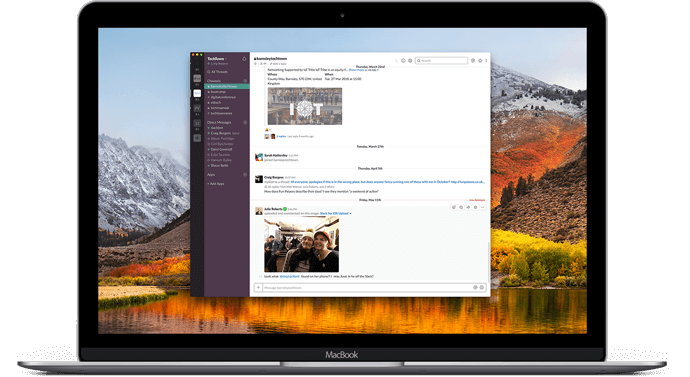Telling Jordi’s Story: Bringing Digital Health to Badalona
I first met Jordi Piera Jiménez at the URBACT City Festival in Tallinn, Estonia in October 2017 and was struck by the passion he had for his work in digital healthcare in Badalona, Spain.
He told me about the IT team he had created to improve the health and wellbeing of his city through digital solutions. I felt that more research was needed to share Jordi’s story with others, so in February I made a visit to Badalona.
Badalona is the third largest city in Catalonia, on the coast to the north-east of Barcelona. It has all the normal city challenges in relation to managing the health of its population – dealing with critical health issues, people living longer with complex health conditions and the growing demand for elderly care. However, by taking a lead tackling these challenges head on, the city has been recognised as a reference site for the European Innovation Partnership on Active and Healthy Ageing and recently received a Good Practice award for ‘Building an Age-friendly city’ from URBACT.
Jordi is a key person behind these achievements. He is currently Chief Information, Chief Innovation and Chief Research Officer at Badalona Serveis Assistencials (BSA, Badalona Care Services), a City Council owned health and social care services company. He manages BSA’s IT team, oversees the research and development programme in digital healthcare and actively explores and implements new digital innovation initiatives. Providing invaluable support is his colleague Valentina Tageo, a European project manager and coordinator of research and innovation projects.
I hope that Jordi’s story may inspire other cities to embark on a digital journey to transform the health prospects of their citizens too.

Jordi Piera Jiménez: The George of Badalona
Growing up 3 minutes away from the Headquarters of BSA, Jordi seemed driven from a young age to give something back to the city he grew up in. His grandfather was on the construction team that built the landmark electric power station and its chimney stacks on the Badalona seafront. His mother worked as a nurse until 70 years old, not wanting to give up caring for patients until her grandchildren were born. Jordi is the third Jordi (or George in English) in his family and is married to the lovely Georgina, who also works in healthcare. Their children are Jordi (George the fourth!) and Jana.
Jordi first approached BSA 20 years ago, as an 18 year old student looking for some work experience. At the time he was studying for a computer science degree at the Autonomous University of Barcelona. For the next five years, he combined his studies with informal, part-time roles and student internships, all the time improving his IT skills and learning about the healthcare system. Since then Jordi has gone on to do another Bachelors degree in enterprise management, a Masters in telemedicine and e-health and is now researching part-time for a PhD in information and knowledge society at the Open University of Catalonia. His thirst for knowledge is incredible.
In 2003 Jordi obtained his first full time position with BSA as an analyst and software developer. His previous experience allowed him to have a running start, building the foundations of the software development team and facilitating the digital integration of the Electronic Medical Record and the Social Care Record – a critical step in enabling joined up health and social care in the city.
It seems a long way from the senior role Jordi holds now, with a team of 30 people and his position as Secretary of the Strategic IT Board for the Catalonian Healthcare Department. Nevertheless, despite getting only 3-4 hours sleep a night, Jordi’s drive to help patients and desire to solve problems and explore crazy projects is still very much intact!
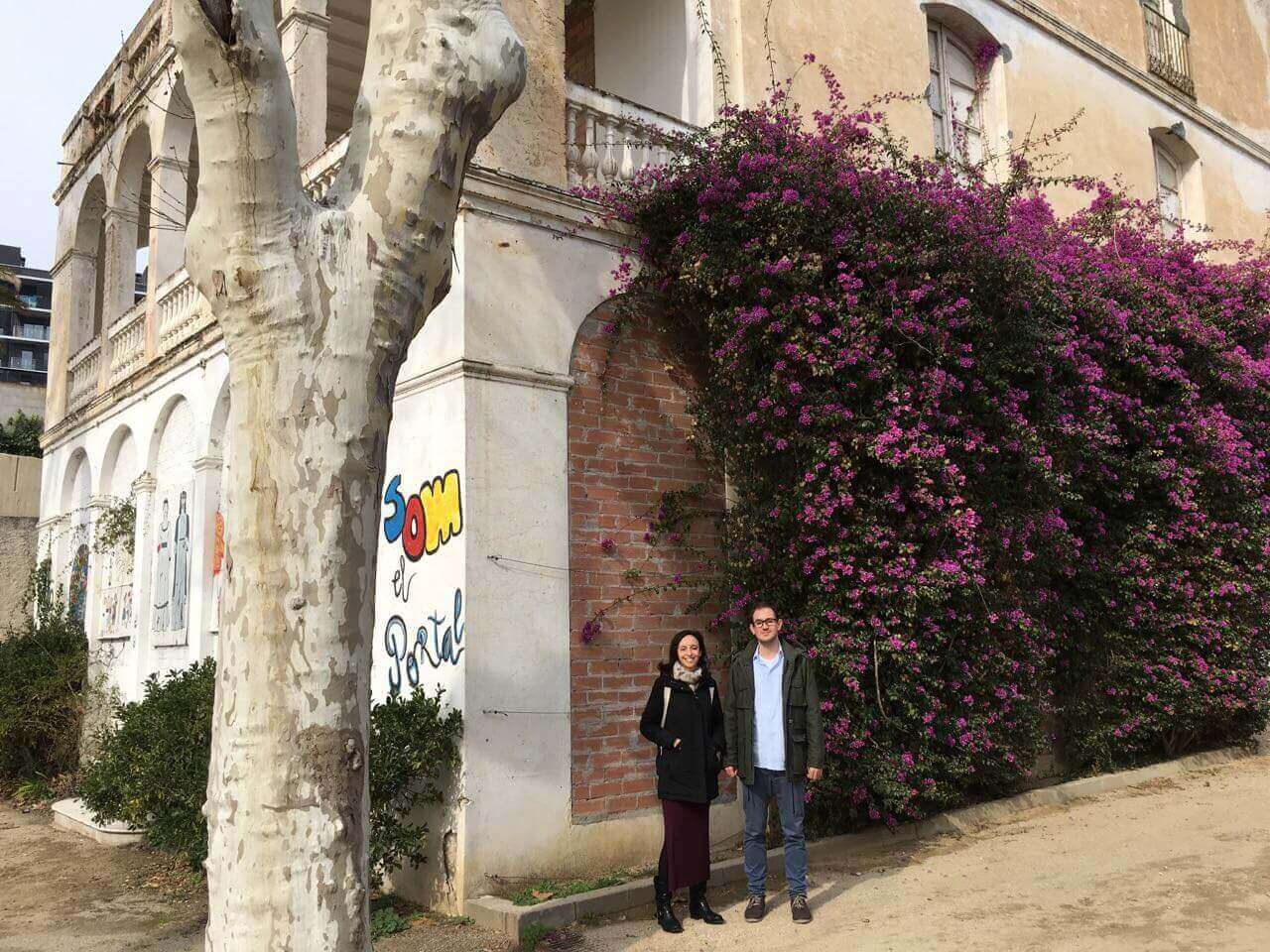
The local context
Across the city, there is general agreement to address the challenge and sustainability of health and social care and deliver better quality solutions. The City Council has taken control of its own budgets as part of a local devolution process and manages its own health and social services, appointing one Councillor to oversee both health and social care. Together, this has provided the opportunity to take a more integrated approach and develop new models of care involving digital technology.
Whilst the political landscape is relatively enlightened, there are inevitably challenges to overcome, mainly:
- Continuity during political change.
- Persuading the managerial structures that new research and innovation in digital health technologies should be a core part of the healthcare programme.
- Demographic change linked to the ageing population. The care delivery model needs to adapt to manage this shift. It affects and is affected by so many things, including work and leisure, pension policy, nurses close to retirement etc, so a multi-stakeholder approach is required to drive the necessary change.
Jordi’s advice for other cities is to bring together the ‘quadruple helix of innovation’ to enable development of a digital healthcare programme, thereby aligning efforts and resources to influence local strategy:
- Local government service provision and policy
- Industry
- Academia and research
- Civil society and the third sector

The road to EU funding – persistence pays
To achieve his ambitions for healthcare provision in Badalona, Jordi realised that he needed to identify the right connections and learn how to access suitable funding sources. For five years he attended conferences to build his network and submitted a number of applications but without success. Finally in 2008, he wrote the Aladdin project submission with a Greek professor and the magic happened – a project on developing a digital solution for the self-management of dementia patients was funded as part of the EU Ambient Assisted Living (AAL) programme. Persistence it seems pays off!
Since then, EU funding has supported projects that have enabled the roll out of the digitalisation across the health and social care system in Badalona. By collaborating with bright minds and helpful collaborators across Europe, projects have been created and refined to create a comprehensive programme of care across the city.
An example that I was shown by Soraya Hidalgo Garcia, an outstanding senior nurse based at BSA’s town centre offices, was the ‘Do CHANGE’ project (featured in the video), a programme jointly funded by the EU and Taiwanese government to encourage behaviour change in cardiac patients for more healthy lifestyles. One of the companies involved is a UK business called Docobo which I know from their work in Barnsley, UK – it’s a small world.
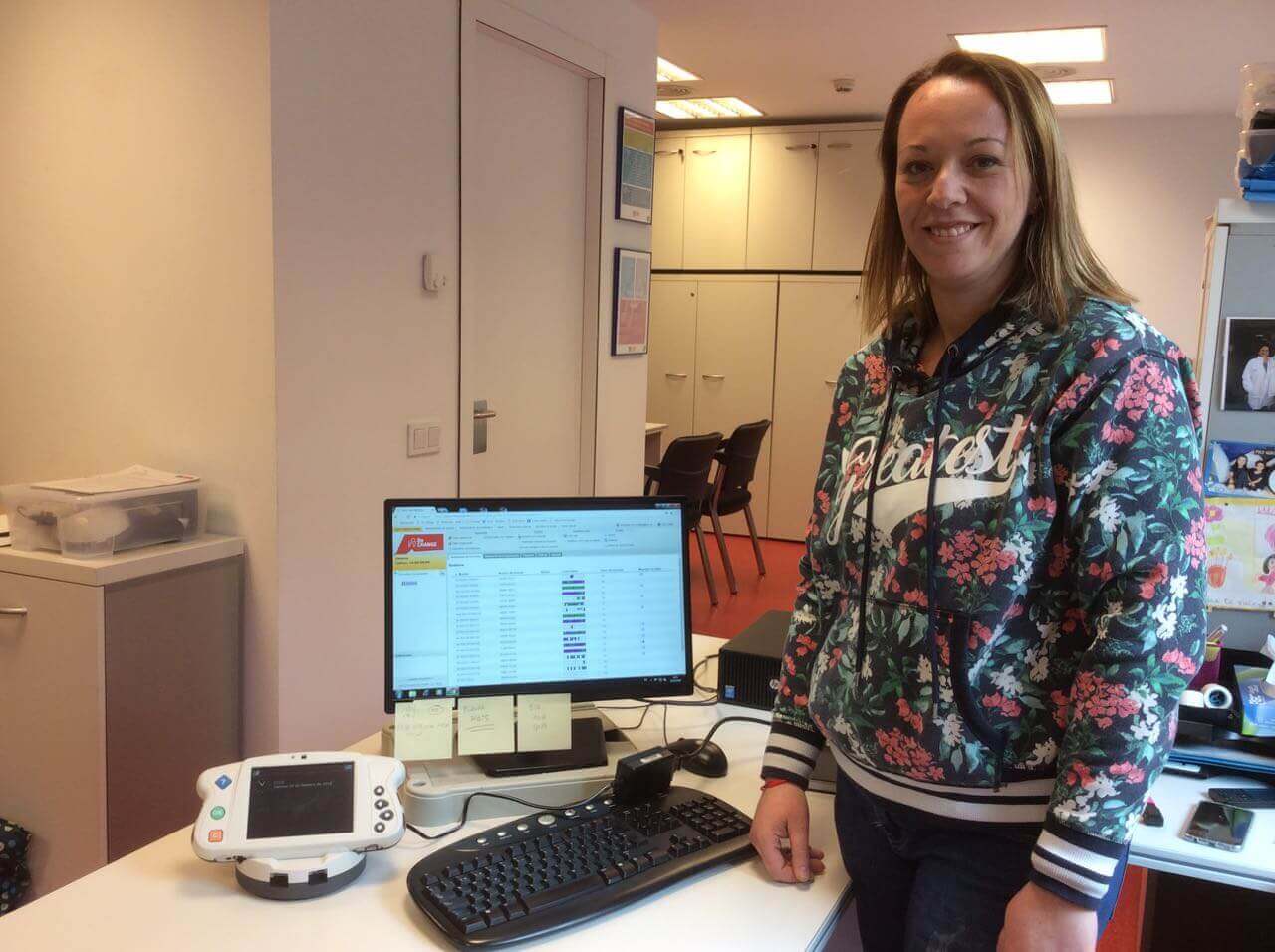
Prescribing Technology
Our next stop took us to a BSA primary care centre for community health and well-being. Here I met Carolina Burgos, the centre’s clinical chief and a family physician, and Esther Moral, the coordinator of community nursing.
Carolina explained about the importance of the digital health programmes to ‘ComSalut’ (Community Health) and the work of the 7 primary care centres in Badalona. She highlighted the widespread uptake of computerised Cognitive Behavioural Therapy to support people with mild and moderate depression via the Mastermind EU project. Through digital means, the team can reach almost 75% of the population who need the service and provide an alternative to pharmaceutical prescription. It is sometimes a challenge for older people and those for whom Spanish is a second language to understand the technology, although through workshops and clear explanation good results have been achieved.
Esther introduced the paediatrics app they have developed, which provides recommendations for parents to support them with the early stages of childcare. BSA has partnered with the Barcelona School of Nursing to sponsor this, so it is free to use for citizens of Badalona. The app encourages user-generated content and suggestions for improvement so the content stays current and relevant. To date they have over 800 downloads.
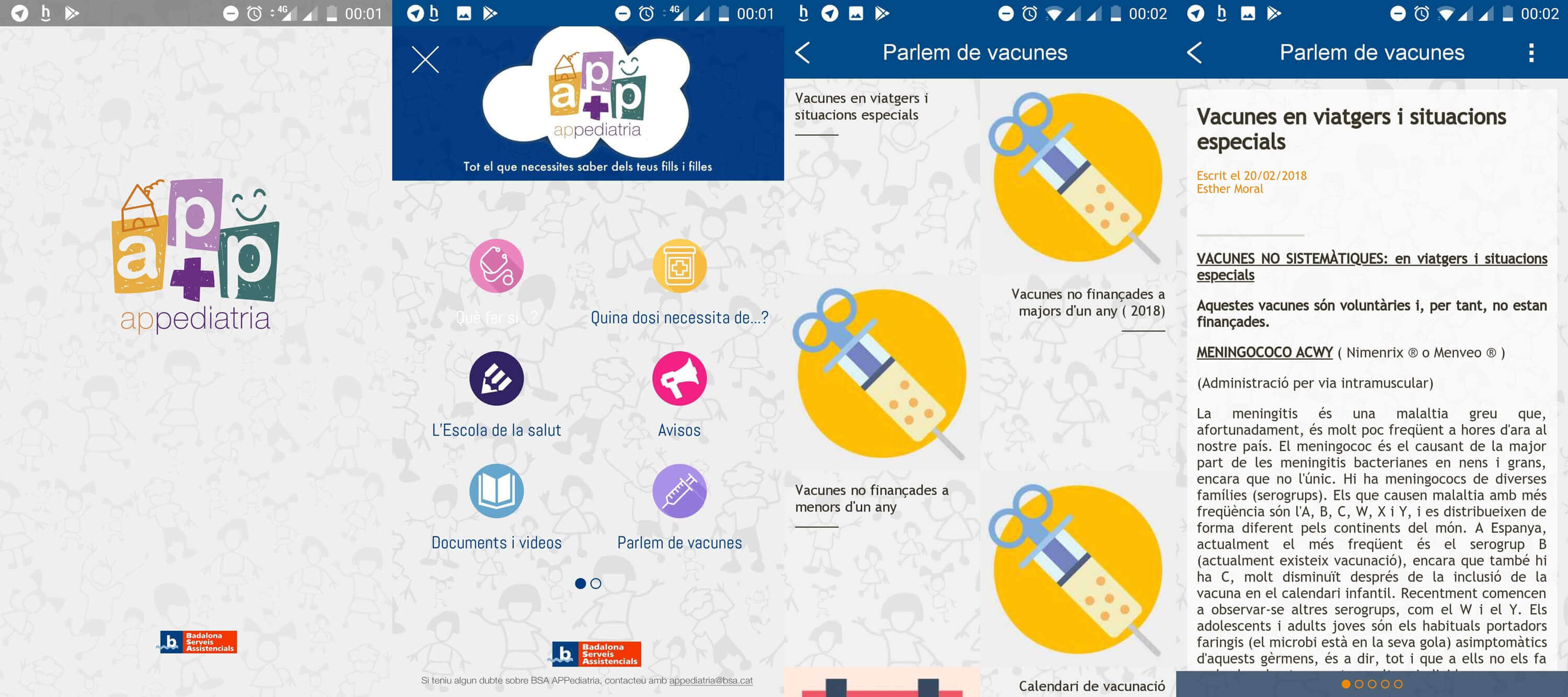
In another example, through care coordination among health and social care and the use of tele-monitoring solutions, elderly people who have undergone a hip replacement procedure are now discharged after 3 days and recovery time has been reduced from 9 to 6 weeks.
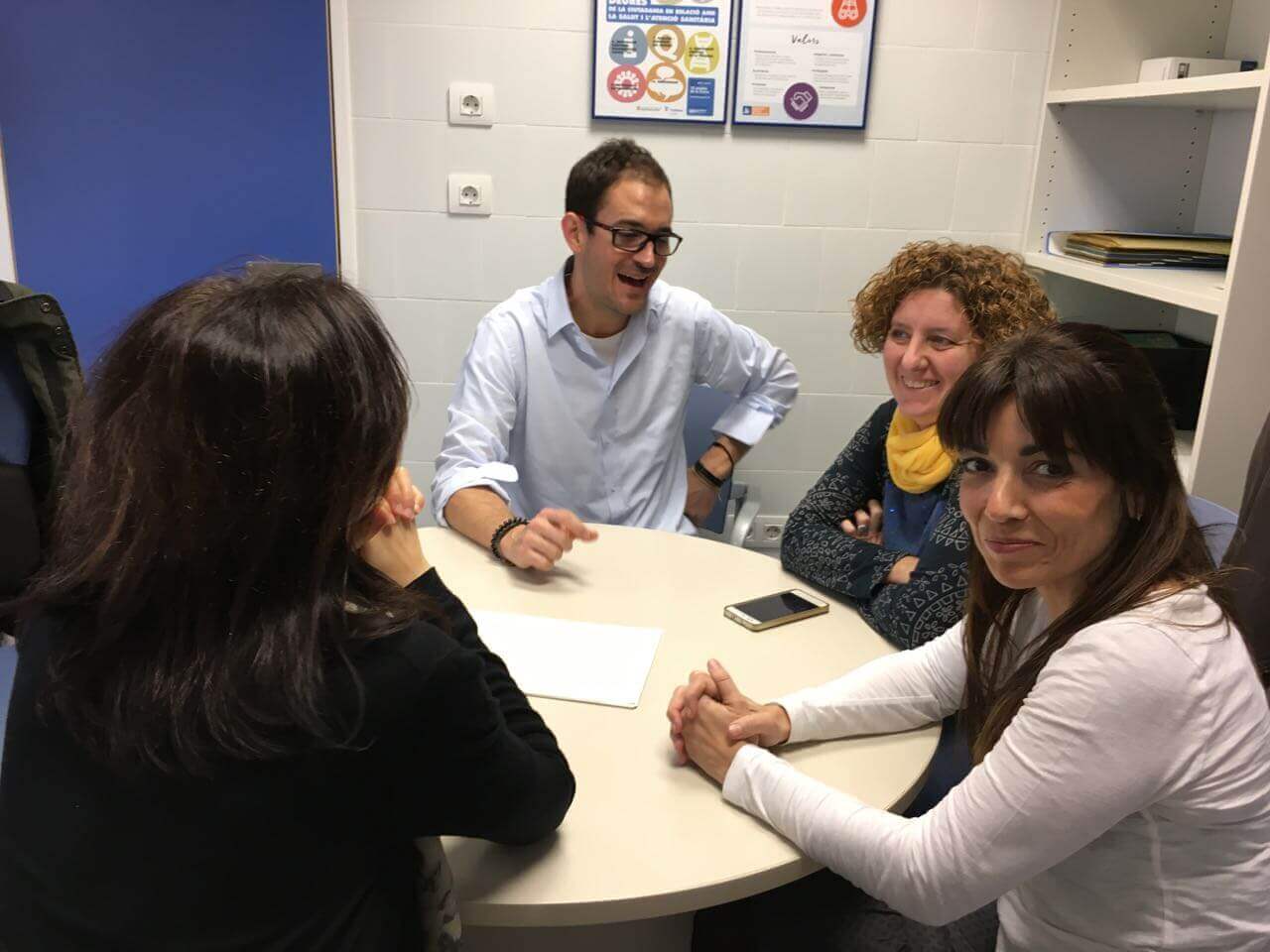
Is digital always the answer?
Whilst there has been a significant focus on the power of digital technology to effect change, the team is mindful that it’s not the only solution and you cannot take a one-size-fits-all approach. They encourage community building, within and across the city’s diverse neighbourhoods, building face to face relationships with different community groups such as the elderly people’s centre, women’s associations, third sector care providers, NGOs and young people’s groups, to make sure they understand the needs of Badalona’s citizens. They organise regular meetings on different health aspects and encourage participation in strategic planning through City Health Boards involving all stakeholders.
By way of example, the city has a large Pakistani population which showed a worrying rise in Type 2 diabetes. The primary care team approached the imam, the worship leader, at the city’s mosque and explained the problem. Through a series of talks and by handing out leaflets, the imam was able to spread the health message as a trusted voice. The situation is now much improved and the takeaway here is to reach out to community groups in suitable way. So, no digital solution was required in this situation, but in many cases the roll out of the digital health programmes is helping to encourage a sense of community, showing that online and offline approaches can work hand in hand.
Disruptive digital innovations
Not content to solely focus on mobile apps and telehealthcare, BSA and collaborators are developing some new types of digital innovation with huge potential for healthcare management, again through the Do CHANGE project. ‘MySleeve’ can monitor the volume of liquid in a glass to assist heart failure patients with tracking their drinking behaviour. And the ‘COOKiT’ tool is an intelligent spoon that provides information about salt levels in their everyday food. Whilst cooking, the user can see the effect of adding new ingredients and can explore alternative options.
Next steps
As well as the growth of the healthcare IT team from 1 to 30 people over the last few years, an ambition is that the digital health programmes will further stimulate digital skills and digital jobs in Badalona. As the use of digital technology becomes more embedded in the healthcare system and the local population, the intent is to encourage the development of the wider digital ecosystem and create the right conditions for a start-up business culture.
In terms of Jordi, he has big plans to refurbish the building that housed his pre-school into a central hub for BSA’s IT, research and innovation teams. Right next to where his son and daughter go to school. I’m sure they’ll follow their Dad in making a big difference whatever they do.
My day ended with a visit to Badalona’s Ramblas and a walk along the beach. Badalona is certainly a good place to be! Big thanks to Jordi, Valentina and their colleagues at BSA.
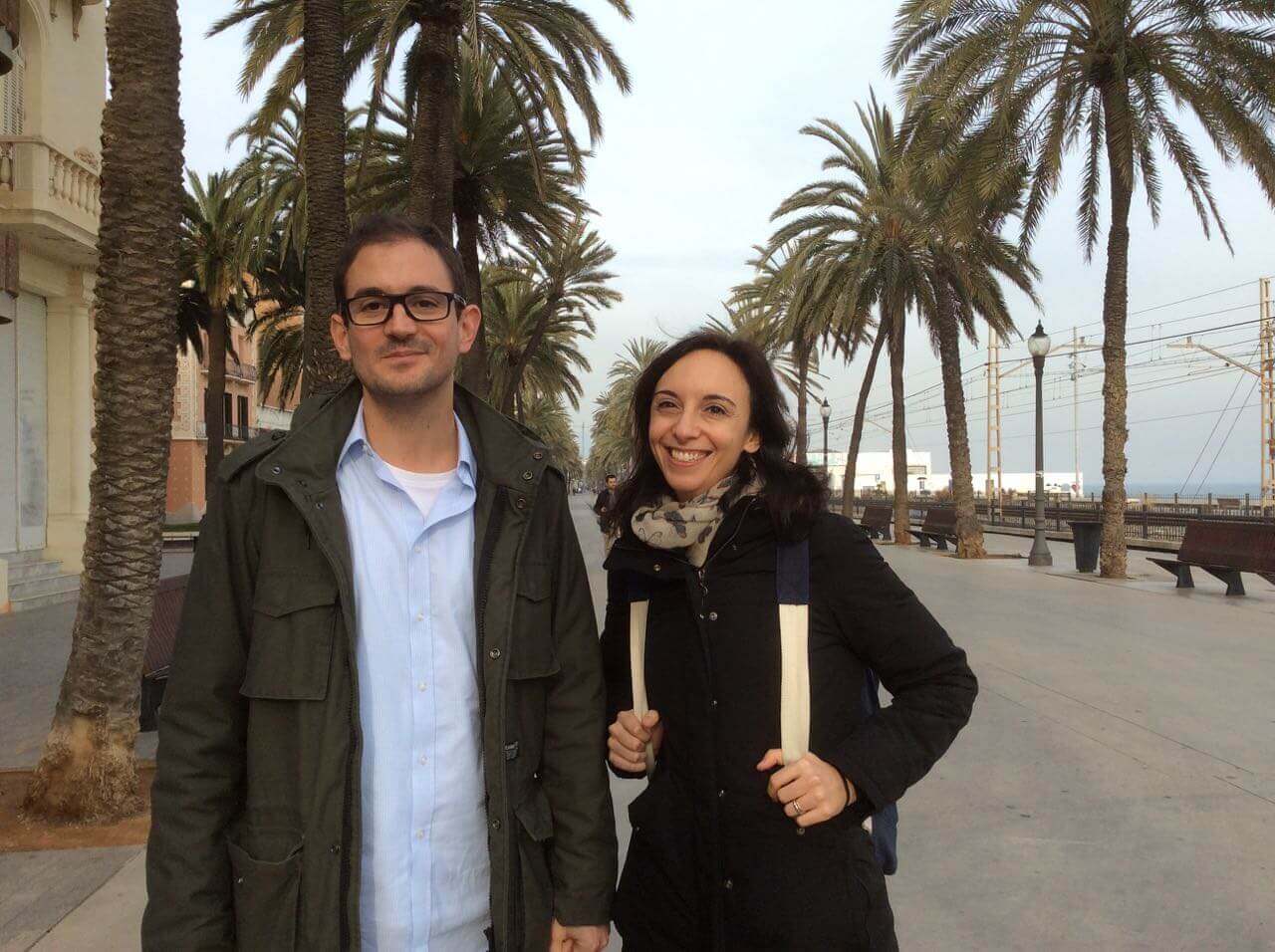
5 key tips to setting up a digital health programme in your city
- Bring together city stakeholders for whom health and social care is a priority.
- Identify the health and well-being issues in your city – what are the most pressing needs?
- Explore the digital health options, seeking expert advice where useful. Are there solutions that have already been tried and tested?
- Carry out pilot studies with small groups of people/patients before wider roll out, ensuring use of digital technologies is well supported.
- Carefully monitor the health and broader impacts, such as greater efficiencies and potential cost-savings, to build the case for larger-scale implementation.

